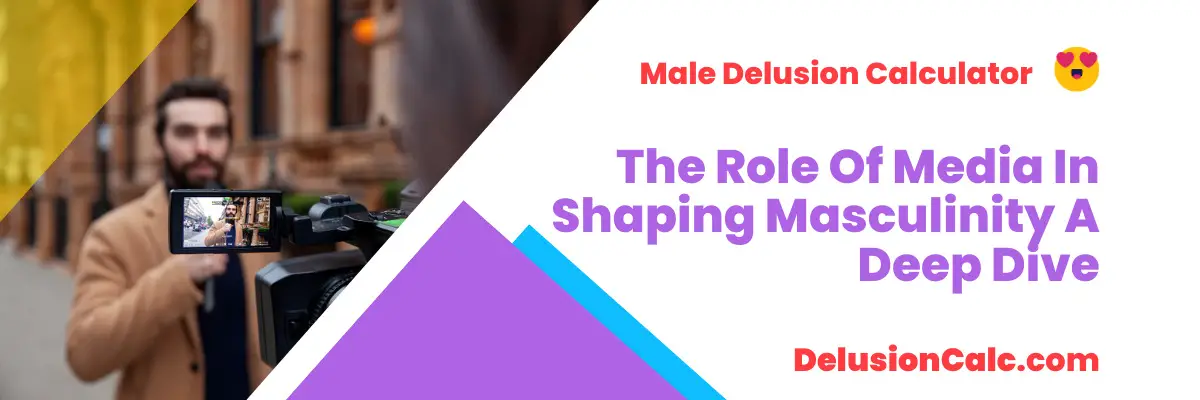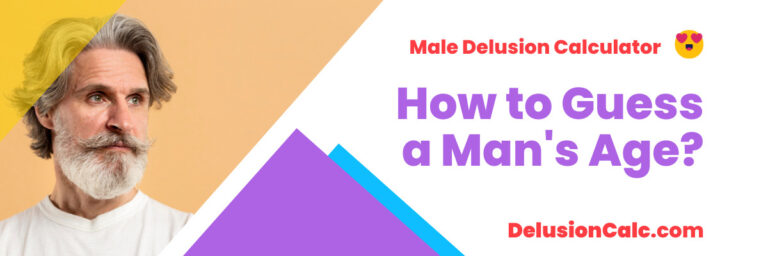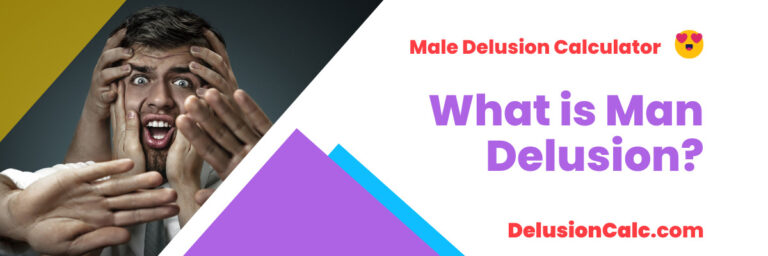Role of Media in Shaping Masculinity
Media plays a significant role in shaping our perceptions and understanding of masculinity.
From movies and television shows to advertisements and social media platforms, the influence of media on how we define what it means to be a man cannot be underestimated.
Media also tends to reinforce traditional gender roles by depicting men as breadwinners or providers while downplaying their nurturing or sensitive sides.
By critically examining the role of media in shaping masculinity, we can gain a better understanding of its impact on individuals’ self-perception and behaviour.
We must challenge these limited representations and encourage more diverse and inclusive narratives that allow for a broader range of expressions of masculinity.
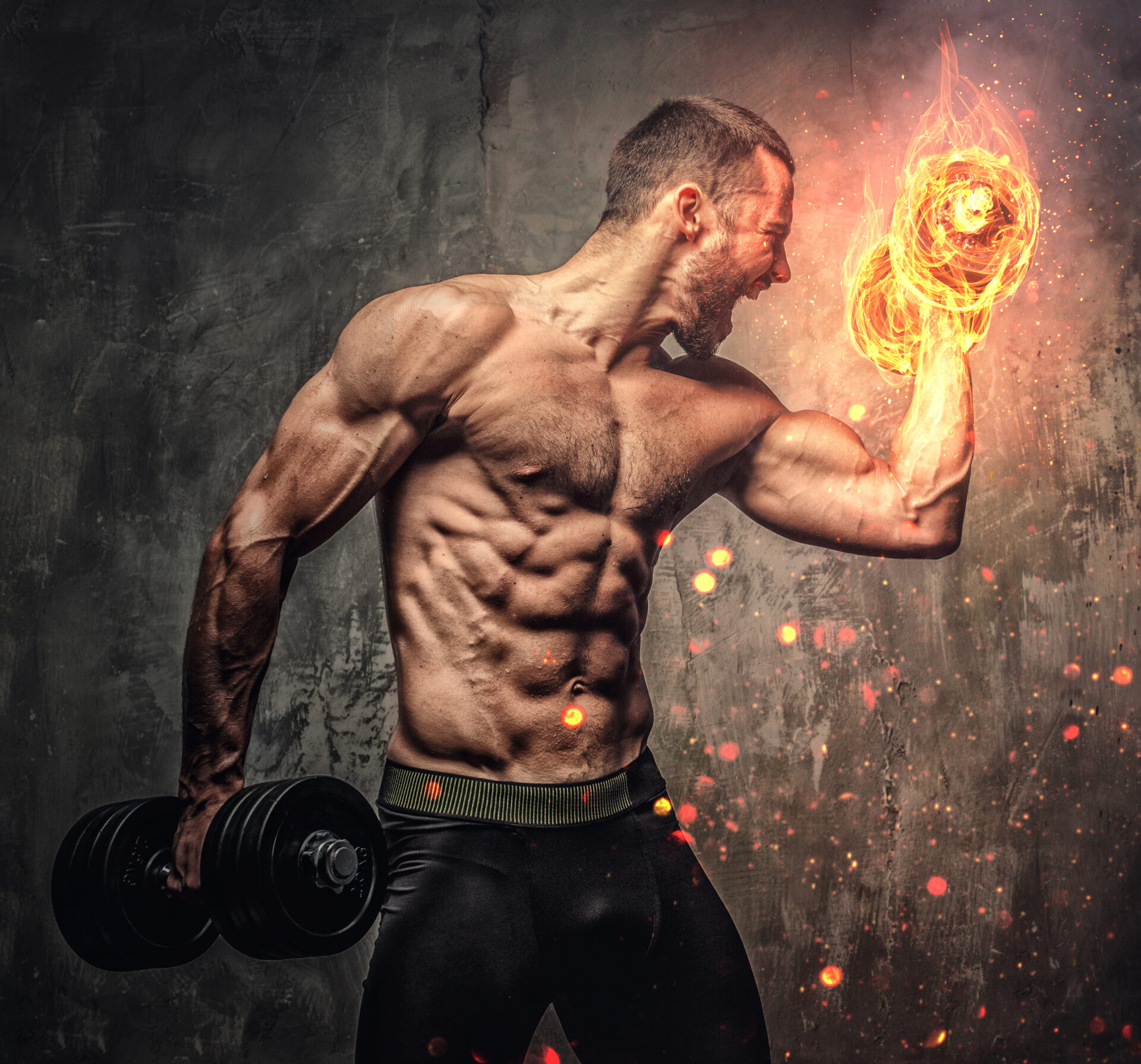
How society perceives and constructs the concept of manhood
Media plays a significant role in shaping masculinity, influencing how society perceives and constructs the concept of manhood. From movies to advertisements television shows to social media platforms.
The portrayal of masculinity profoundly impacts individuals’ understanding and expression of their gender identity.
The Influence of Traditional Gender Stereotypes
Traditional gender stereotypes perpetuated by the media often depict men as strong, dominant, and emotionally detached.
These portrayals can create unrealistic expectations for men, leading to feelings of inadequacy or pressure to conform to societal norms.
Advertisements featuring muscular and chiselled male bodies promote an idealized image that may contribute to body dissatisfaction among men.
Media’s Role in Reinforcing Toxic Masculinity
The media also plays a part in reinforcing toxic masculinity – a set of harmful behaviours and attitudes associated with traditional notions of manhood.
Characters who exhibit aggression, violence, or misogyny are often glorified or portrayed as heroes.
This reinforcement can normalize harmful behaviours and perpetuate negative stereotypes about masculinity.
The Emergence of New Masculinities
In recent years, there has been a shift towards more diverse representations of masculinity in the media.
The emergence of new masculinities challenges traditional gender roles and encourages inclusivity.
TV shows like Brooklyn Nine-Nine feature male characters who embrace vulnerability and express emotions openly without compromising their strength or identity.
Positive Impact through Media Representation
Media representation has the power to shape positive perceptions of masculinity by showcasing diverse narratives that challenge stereotypes.
When media platforms highlight stories celebrating empathy, emotional intelligence, and healthy relationships among men, it helps break down barriers and fosters a more inclusive understanding of masculinity.
The Need for Media Literacy
Developing media literacy skills is crucial in navigating the influence of media on shaping masculinity.
By critically analyzing and questioning the messages portrayed in various forms of media, individuals can challenge harmful stereotypes and make informed choices about their identities.
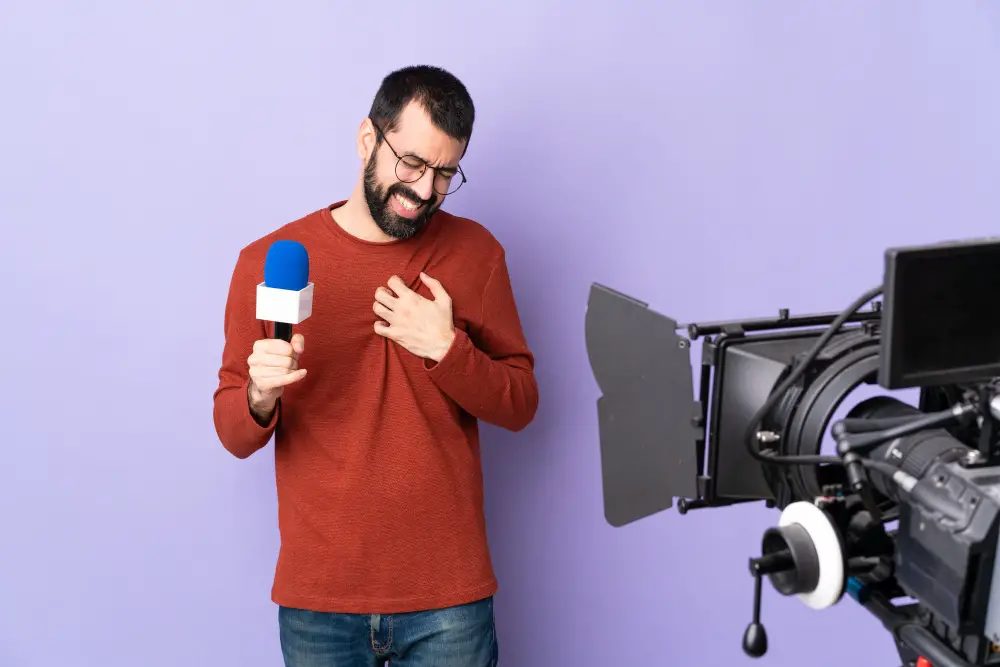
Frequently Asked Questions
1. What is the role of media in shaping masculinity?
The media plays a significant role in shaping societal perceptions and expectations of masculinity.
Through various forms, such as movies, television shows, advertisements, and social media, the media influences how individuals understand and perform their gender roles.
2. How does the media shape masculinity?
The media often portrays certain traits and behaviours as desirable or ideal for men, reinforcing traditional masculine stereotypes.
These portrayals include physical strength, emotional detachment, aggression, and dominance.
By consistently presenting these images and narratives, the media contributes to constructing masculinity norms.
3. Can the media influence individuals’ self-perception of masculinity?
Absolutely!
The constant exposure to mediated representations of masculinity can impact how individuals perceive themselves and strive to conform to societal expectations.
Men may feel pressure to embody the characteristics depicted by popular male figures to fit into predefined notions of what it means to be a man.
4. Are there any negative effects associated with media’s influence on masculinity?
Yes, there can be negative effects.
The narrow portrayal of masculinity in the media can lead to harmful consequences such as toxic masculinity, where men feel compelled to suppress emotions or engage in aggressive behaviour due to societal pressures.
It can also contribute to body image issues among men who compare themselves with unrealistic standards portrayed by the media.
5. How can we challenge or change these harmful portrayals?
To challenge harmful portrayals of masculinity perpetuated by the media, both consumers and creators of content need to promote diverse and inclusive representations of men.
By supporting media that portrays a wide range of masculinities, we can encourage healthier and more realistic understandings of what it means to be a man.
Conclusion
So, media has a profound influence on shaping masculinity, both positively and negatively.
While it can perpetuate harmful stereotypes and unrealistic expectations, it also has the potential to challenge traditional notions of masculinity by promoting inclusivity and diverse representations.
As consumers of media content, we must critically analyze its messages and strive for a more inclusive understanding of what it means to be a man.

